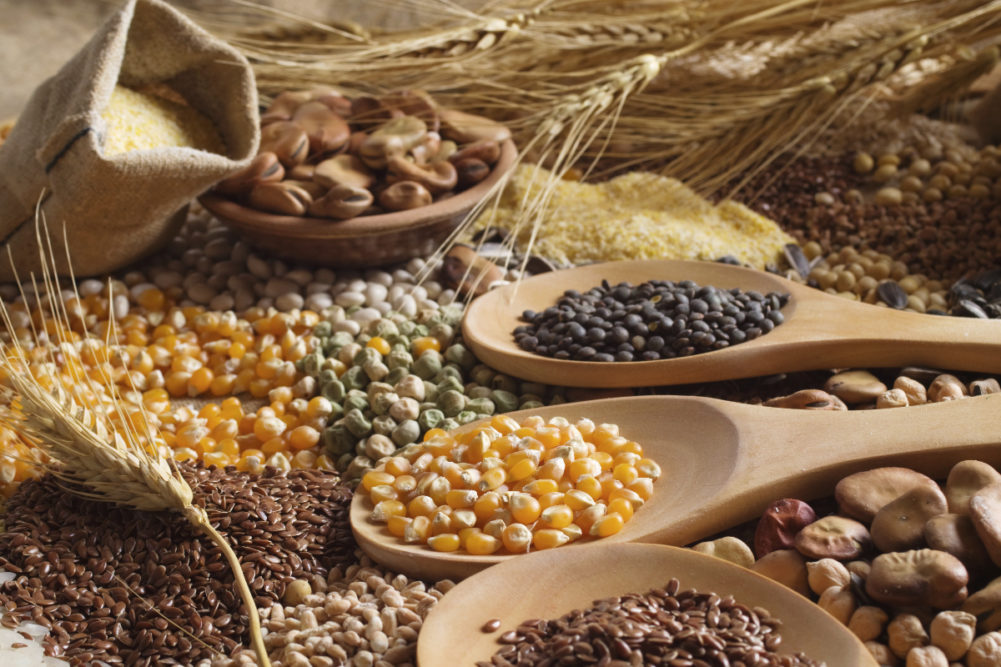UTRECHT, NETHERLANDS — Increased demand in Asia and Africa and rising exports from the Americas and Black Sea region are anticipated to buoy global grains and oilseeds trade growth. Several issues are expected to change these trade patterns while sustainability, policy and consumer trends are anticipated to jumpstart growth of organic crops and diversify crop production to include more pulses, according to a recent report by food and agriculture investor Rabobank.
The report — “The World Grains & Oilseeds Map 2021” — describes global trade flows and industry insights over the last five years. It specifically found that, in this period, the global trade volume of all grains and oilseeds increased by about 120 million tonnes at a 3.5% compound annual growth rate (CAGR). However, the pace of growth decreased when compared to the 6% CAGR, or 160 million tonnes, of the previous five years. Despite a decline in oilseed complex prices during this period, increased grain prices and total trade flow volumes led to a 17% rise in the total value of flows.
“Income and population are expected to continue to drive long-term growth in trade flows, while changes in consumer dietary habits might cause further shifts in those flows,” said Vito Martielli, senior analyst, grains and oilseeds for Rabobank. “Moreover, the growing movement toward protectionism could undermine the benefits of international trade, which is crucial to food security.”
The report noted changes in trade destinations as Africa has become a rising grains and oilseed importer. The top commodities imported are wheat, corn, rice, soybeans and palm oil.
However, China’s rising feed demand is affecting grain and oilseed trade flows due to the country’s low stock of corn.
“Low Chinese corn inventories and rising feed demand are the key drivers behind higher Chinese imports of corn and soybeans, and this is expected to continue, with annual imports potentially exceeding 30 million tonnes,” said Maria Afonso, senior analyst, sugar, grains and oilseeds for Rabobank.
The report forecasts a shift in trade origins to Brazil crop production to take the lead over the United States and Argentina due to positive farm margins and land availability.
“We estimate Brazil’s soybean production will reach 155 million tonnes by 2030, vs. 122 million tonnes in 2019-20, with soybean area growth likely to come at the expense of underutilized pastureland,” Afonso said.
Another change in grains and oilseeds exporting is the Danube and Black Sea Region emerging third after the United Sates and Brazil. The report expects this region to increase its production and export abilities by 2030 due to:
- Strategic location to large-consuming fast-growing regions,
- Strong price competitiveness
- Quality soil
- Growth potential in in land bank and yields.
Some trends that are pushing forward the organic grains and oilseeds movement are government policies and sustainability.
“Sustainable farming practices are moving quickly to center stage, as agricultural policies are changing to increase sustainability, organic farming, and/or reduce carbon emissions,” Martielli said.
Curbing climate change has become a top priority around the world and some like the EU are on target to meet climate goals including a target of 25% organic land use by 2030.






